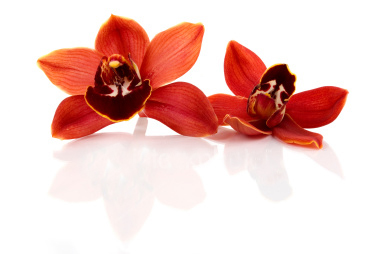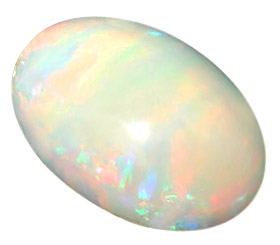
I was recently asked by a customer what ‘diamond cut’ refers to.
Diamond Cut is essential to the beauty of a diamond and is the symmetrical arrangement of facets that modify the shape and appearance of a diamond. If a diamond is not well-cut, the diamond will not interact with light as nicely as it should. A diamond that has exceptional color and clarity will not display the fire and brilliance it should if the cut is not good.
A diamond cut can also be viewed in terms of its’ proportions, polish and symmetry. The polish describes the finish of the facets of the diamonds, while the proportions determine the brilliancy and the fire of the diamond. The symmetry describes the variations of the different parameters that define the proportions. Each grade is divided into 4 categories: Excellent, Very Good, Good and Fair.
The brilliance of a diamond refers to the total light reflected by a diamond. Fire is distribution of light into the colors of the spectrum and sparkle is a flash of light that is measured when moving the diamond. The best cuts will be symmetrical, well proportioned and return brilliance and light to the eye.
The most popular stone cut is the traditional brilliant round cut, especially for wedding jewelry. If you prefer a circular shaped stone your choices are the round cut or oval shaped cut. If you like the way a square shaped stone looks, the princess cut or emerald cut is best. If you want the best of both round and square shapes, go for a cushion cut diamond which is a combination of both shapes. Marquise and pear are typically a more slender cut stone, with the pear shaped being slightly larger at one end of the stone.
It can be confusing because sometimes ‘cut’ is used to refer to the name of the shape a diamond is cut into. Examples of these diamond shapes are traditional round cut, and the fancy shaped emerald, marquise, cushion, oval, pear, square and princess cuts.
Anjolee works with certified diamonds from independent parties such as the Institute of Gemology, Gemological Institute of American and the European Gemological Laboratory. For additional diamond education you can visit their sites.



